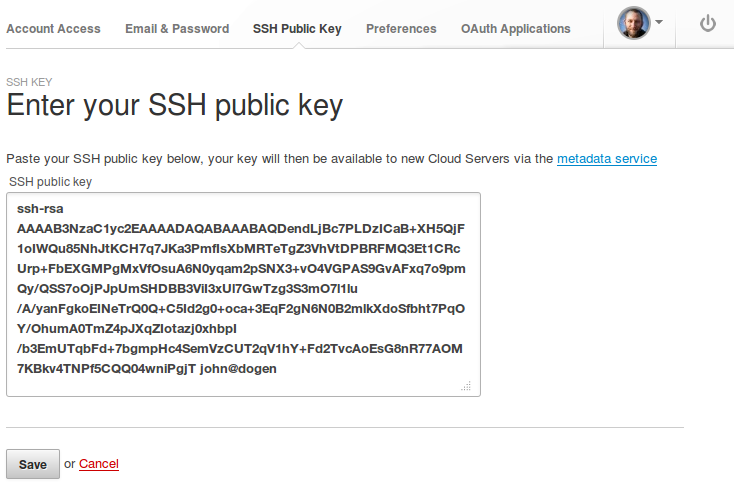

- #Filezilla ssh command not recognized how to#
- #Filezilla ssh command not recognized password#
- #Filezilla ssh command not recognized windows#
#Filezilla ssh command not recognized how to#

Setup the SSH Port of the target machine (if it's not the default - 22) Įnter your SSH key's Passphrase (if there is some)

In gFTP's main window choice SSH2 as type of the connection Įnter the target Host name, or IP address Here are the steps how to setup gFTP to use SSH keys.įill the field SSH Extra Params with this value: -o IdentityFile=/home//.ssh/id_rsaĬhange with your real username. I think you should do this every time when you restart the local machine, or you should include the above command in the ~/.profile file. For example if the authentication file is called file.pem: ssh-add /full/path/to/the/authentication/file.pem The main cons of this approach is that if the authentication file is not ~/.ssh/id_rsa you should provide it in advance by the command ssh-add. The second example - shows how to connect to a remote ssh (sftp) server without using predefined ~/.ssh/config file with a custom ssh port. In addition, now you should be able to connect to each of these hosts by a command as: ssh victoria-pass # setup each another Host in the same way.Ĭhange the file permissions: chmod 600 ~/.ssh/config Port 1111 # provide the actual port of the remote server User tri # use the actual name of the remote user IdentityFile ~/.ssh/id_rsa # or provide the fill path to another key According to the example the content of the file should be: Host victoria-pass # this is as 'nickname' of the connection The file must be called config and placed in the directory. To use this approach, you should create user's configuration file for the local ssh client. The first example - sftp://victoria-pass/home/tri - uses predefined host called victoria-pass and mounts the home/ directory of the remote user called tri. If you need to find the command-line path to the mounted directory use one of the approaches presented here: CLI path to ftp network connection.You can use the option Connect to Server in Nautilus as it is shown on the next image.
#Filezilla ssh command not recognized password#
Is that a good idea to connect to server while using Nautilus or Caja?Īctually I don't want to put my username / password in dialogue box which appear when I click File > Connect to server, instead I want to use my. I found gFTP (which is an old program and I'm not sure how much secure is it?), I also found that I can use Ubuntu file manager to connect to my server. So I am looking for FileZilla client alternative for Linux, which I can use as sftp client with ssh key. Ubuntu 16.04 is old OS, use 17.10 or Debian latest version. Unfortunately the FileZilla support just have one answer if we ask them: I search on internet and found that it is happening with a lot of users. For the last month FileZilla client was working fine on Ubuntu 16.04, but now it crashes whenever I start it. Now Linux is my primary operating system.
#Filezilla ssh command not recognized windows#
On Windows I'm using FileZilla to upload/download files on my WordPress website, via sftp, while using ssh key.


 0 kommentar(er)
0 kommentar(er)
